- After the merger, Ca Mau province will continue to grow, develop rapidly and sustainably (*)
- Ca Mau: Solidarity for development - steady steps towards the future
- Determined to accelerate, aiming for comprehensive and sustainable development
Although the task is not easy, with a general view, this goal is completely feasible. If the province focuses resources, resolutely overcomes difficulties and effectively implements solutions, Ca Mau can achieve positive and comprehensive results.
Removing bottlenecks for growth
Mr. Nguyen Chi Thien, Director of the Department of Industry and Trade, said that after the province's merger, based on the status of completed projects and development potential, the wind power sector has become one of the important driving forces, contributing to making Ca Mau the leading center for renewable energy development in the country. Currently, the total capacity of wind power projects put into operation in the area has reached 649MW.
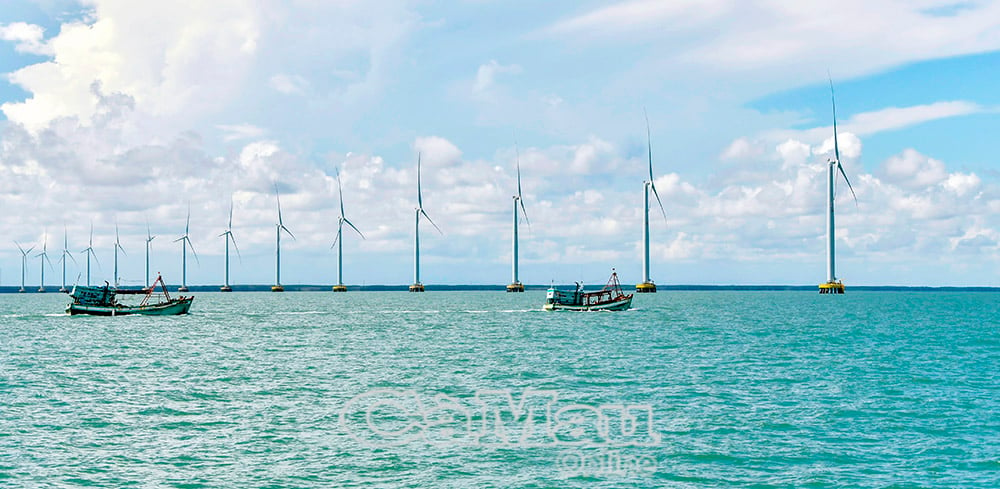
Specifically, the Bac Lieu area (old) is currently maintaining the stable operation of 8 wind power plants , with a total capacity of 469.2 MW; meanwhile, Ca Mau (old) has 6 projects that have come into commercial operation, reaching a total capacity of 225 MW. In addition, the whole province currently has 8 other projects that have been approved for investment, of which 3 projects with a total capacity of 276 MW are under construction.
However, according to Mr. Thien, in the first 6 months of the year, the output of wind power connected to the national grid was still limited, affecting the revenue of the factories. The main reason is that the power transmission system has not met the actual demand.
For example, the 110kV Nam Can line is under construction slowly due to problems with site clearance, causing power from factories in the area to not be as effective as expected.
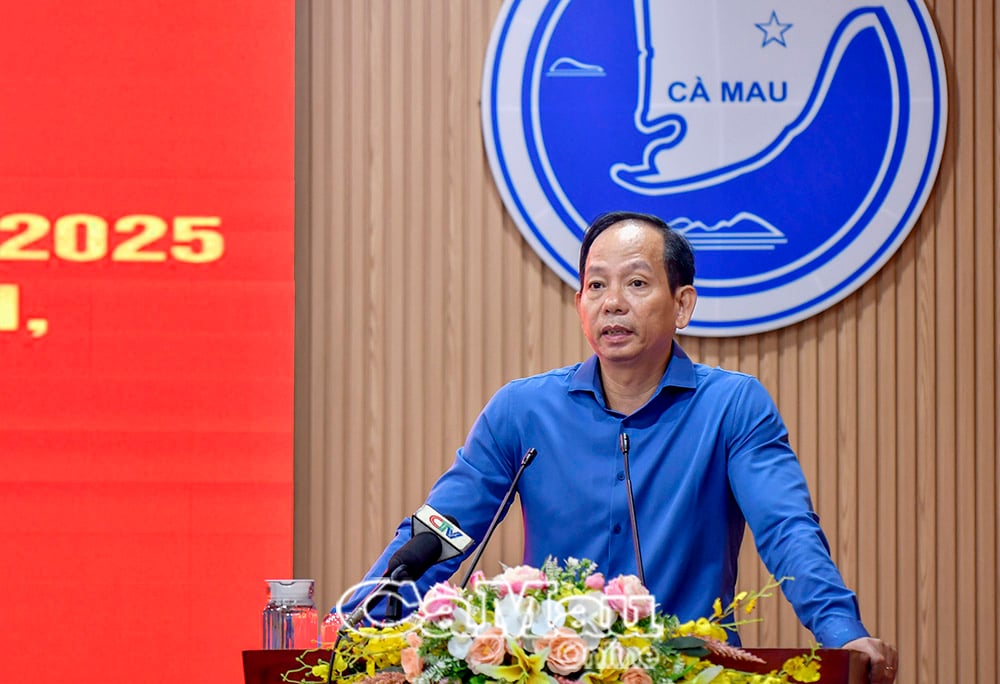
At the Ca Mau Gas - Electricity - Fertilizer Industrial Complex , which is considered the "industrial heart" of the locality, the output mobilized from two thermal power plants in the first 6 months of the year, especially in the dry season, decreased compared to the same period. The total electricity output mobilized in the area only reached 3,338 million kWh, down 3.2% compared to the same period last year.
Faced with this situation, the province needs to have proactive and breakthrough solutions. In particular, it is necessary to recommend that the Ministry of Industry and Trade and the National Electricity System and Market Operation Company Limited (NSMO) commit to stably mobilizing the load source from the two Ca Mau thermal power plants, while ensuring the input gas supply. Maintaining effective operating capacity will not only help increase the industrial production index but also contribute significantly to the overall economic growth of the province.
Aquaculture – a traditional pillar of growth
Another important sector that has a great impact on the province's economic growth is seafood export, especially shrimp, a key product closely linked to the lives, jobs and livelihoods of the majority of local people. With the leading position in the country in shrimp farming and processing, Ca Mau (old) continues to make its mark in seafood export, despite the instability and unpredictable fluctuations of the world market.
In the first 6 months of the year, the province's seafood export turnover reached 551.8 million USD, up 4.2% over the same period last year. In addition, the Ca Mau Fertilizer Plant's nitrogen fertilizer products also achieved impressive results, with export turnover reaching 82.5 million USD, equivalent to nearly 60% of the yearly plan and up 20.8% over the same period. |
With the new US tax rate being announced from July 8th for each country, although it only accounts for about 7% of the total export value, this is the second largest market, when Ca Mau (old) has expanded its consumption in over 60 countries and territories. Regarding the US tax rate, there are 2 issues to consider: if it is higher than normal, the selling price will be high, accordingly, the input price of raw shrimp will also be high. At the same time, depending on the US tax rate imposed on "competitors" of seafood products, there will be advantages and difficulties, depending on the reality to deal with appropriately.
Infrastructure - lever to expand development space
After the merger, Ca Mau has a total natural area of 7,942.39 km2 (ranked 21st/34 provinces and cities); population size of 2,606,672 people (ranked 20th/34 provinces and cities). The larger area, population size and economy will have a stronger influence on the economic - political map and enhance the position of the new province in the country's development strategy, laying the foundation to become a major growth pole of the Mekong Delta region.
Mr. Pham Van Thieu - Deputy Secretary of the Provincial Party Committee, Chairman of the Provincial People's Council (former Chairman of the People's Committee of Bac Lieu province) once shared that before the merger, Bac Lieu province (old) had 4 things: railway, highway, airport, seaport. But now, when under the same roof with Ca Mau, the locality has all three important factors: highway, airport and seaport - the "golden keys" to open the door to development.
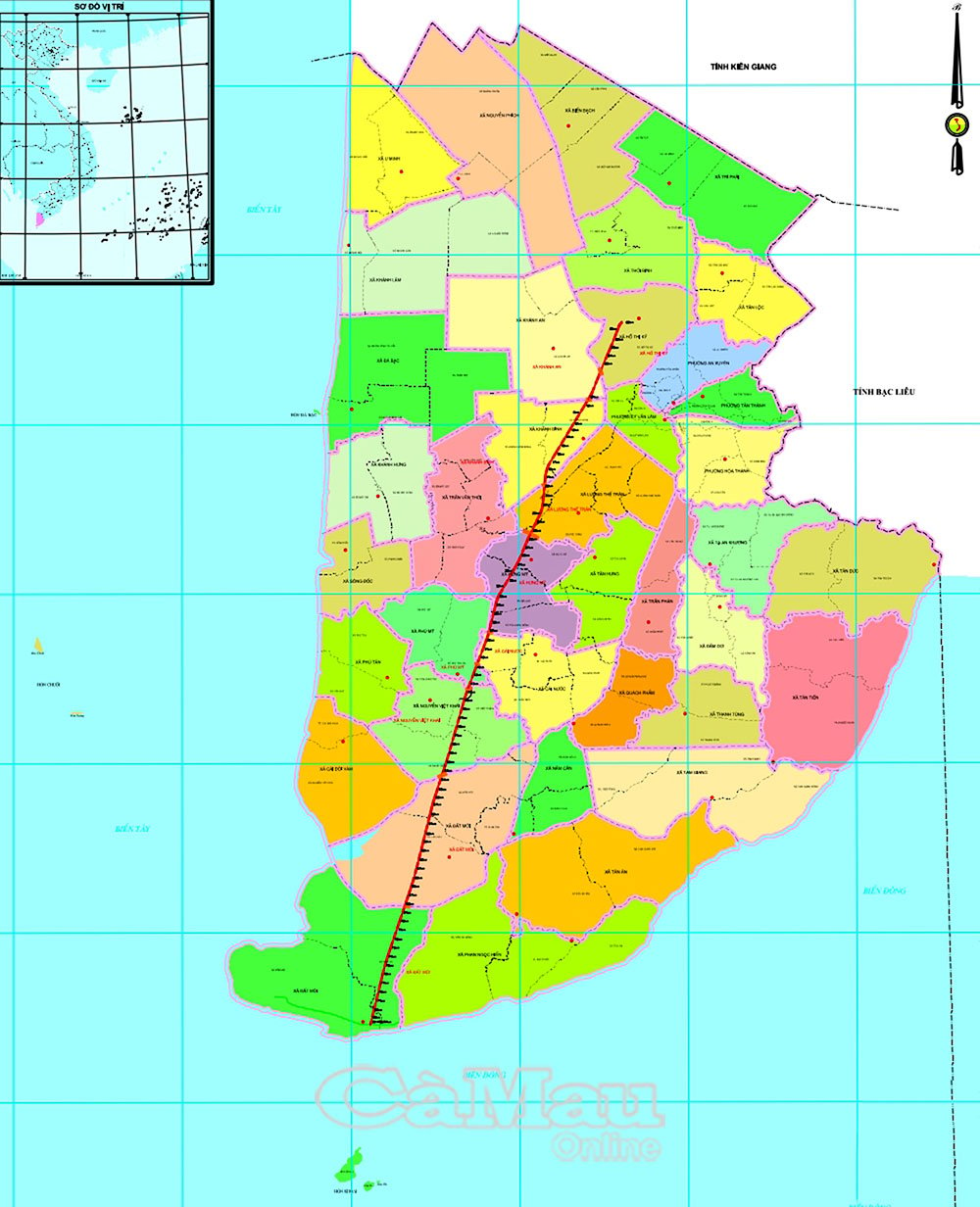
Ca Mau Airport is currently being upgraded and expanded with a total investment of VND2,400 billion. Along with that, the Can Tho - Ca Mau expressway is expected to be completed by the end of this year. In particular, in August, the expressway extension project to Dat Mui will officially start construction. This project is about 81km long, with a scale of 4 lanes, a design speed of 100km/h, a road surface of 24.75m wide, and a total investment of nearly VND59 trillion. The project is implemented under an emergency mechanism and is expected to be completed in 2028.
At the same time, the sea route connecting Dat Mui to Hon Khoai Port is also being promoted for investment, with a length of about 17.55km, a scale of 4 lanes, a design speed of 80km/h, and a total estimated capital of 17 trillion VND. At the same time, the Hon Khoai dual-use port in the South will be built between the two islands of Hon Khoai and Hon Sao with a total area of nearly 629 hectares.
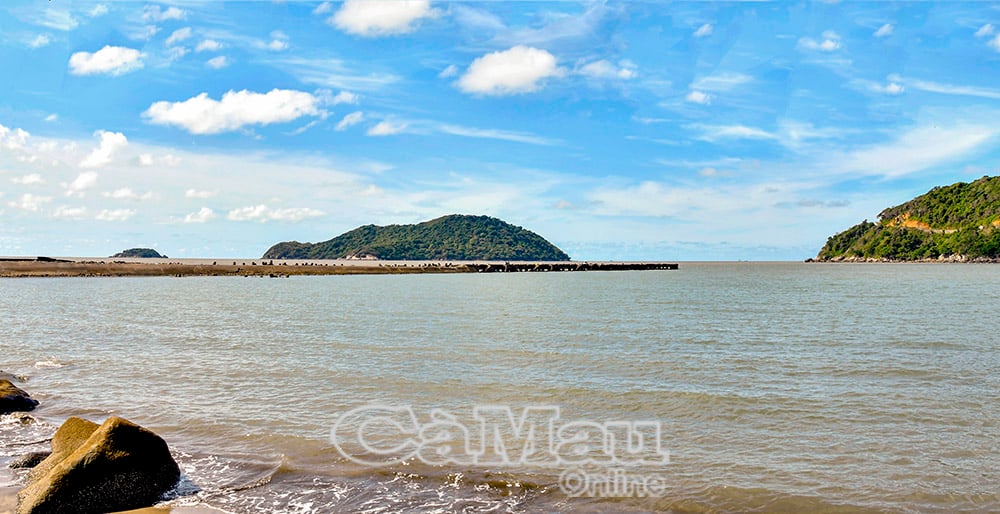
In addition, the longitudinal expressway from Ha Tien - Rach Gia - Bac Lieu (old) is being fully planned, combined with the southern coastal corridor, contributing to maximizing the potential of coastal economic centers such as: Khanh Hoi, Song Doc, Ganh Hao, Cai Doi Vam...
When the development space is expanded, it will create conditions for more synchronous planning and investment; enhance competitiveness, attract better investment, exploit and maximize the potential advantages of the locality for development, such as: the economy fully converges key industries and fields, promoting comprehensive economic growth.
Although Ca Mau's natural conditions still face many difficulties due to its geographical location, with the highest political determination, exploiting its distinct advantages, and focusing on infrastructure investment, it will create a "launching pad" for Ca Mau to become the southernmost point of the country, a central connection point, facing the sea in the integration and development of the region, an important development pole in the south of the country.
Tran Nguyen
Source: https://baocamau.vn/be-phong-cho-ca-mau-phat-trien-a75083.html


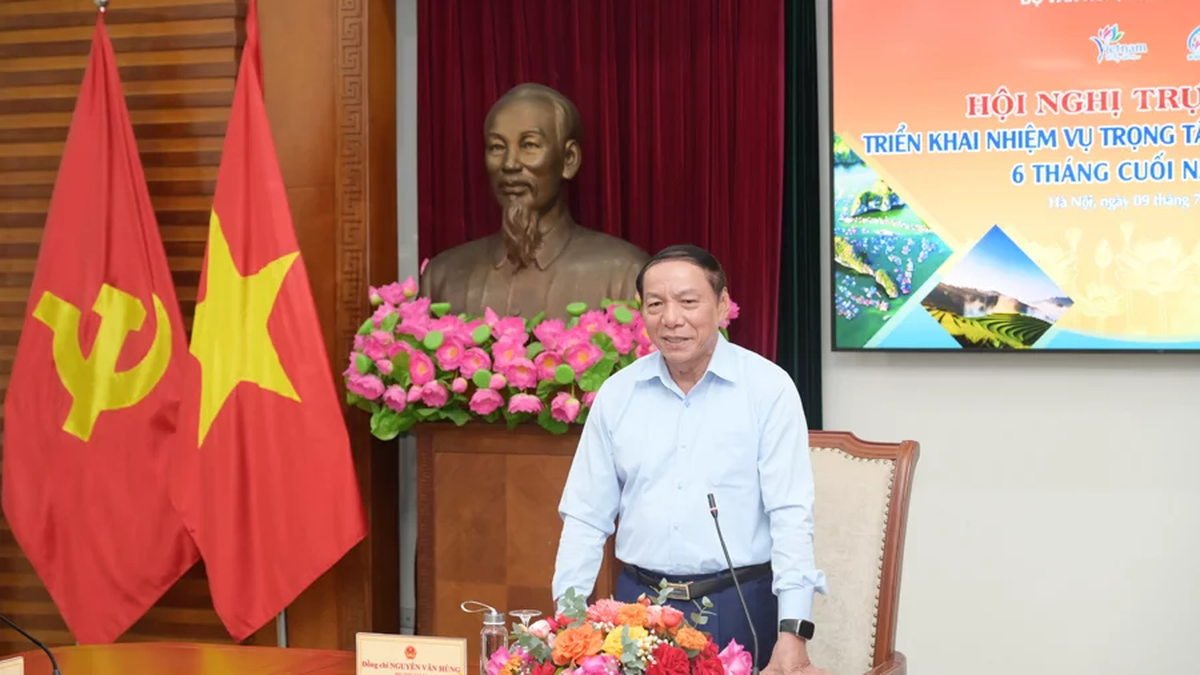








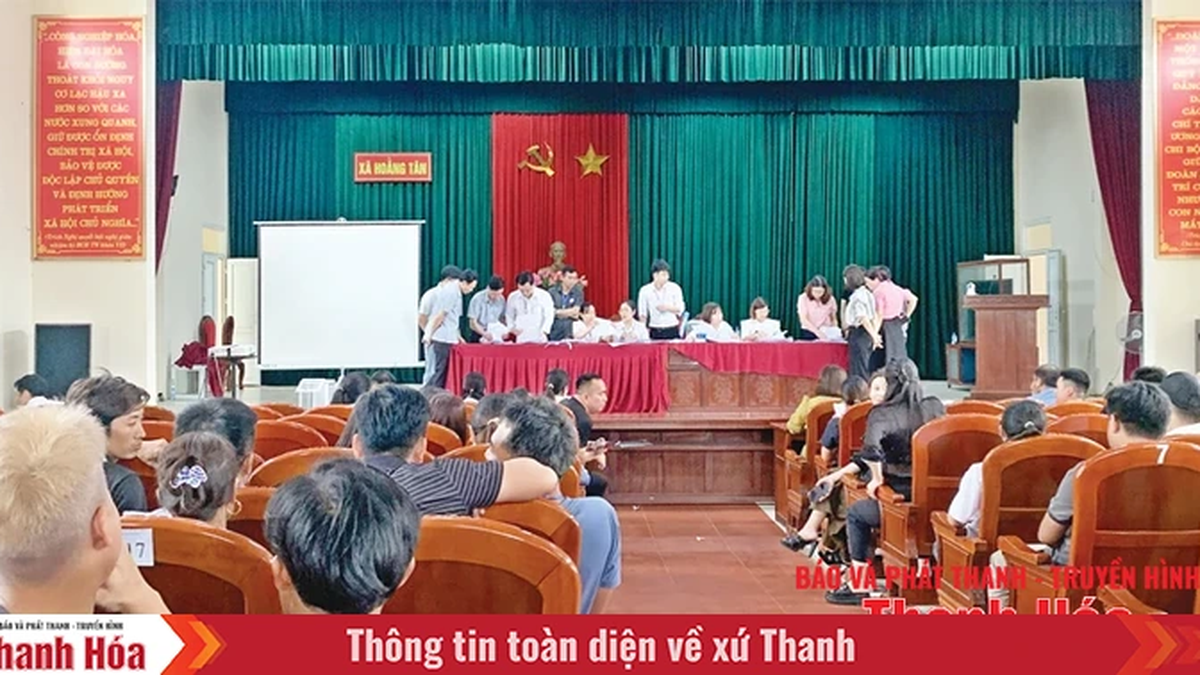











![[Photo] Gia Lai provincial leaders offer flowers at Uncle Ho's Monument with the ethnic groups of the Central Highlands](https://vphoto.vietnam.vn/thumb/1200x675/vietnam/resource/IMAGE/2025/7/9/196438801da24b3cb6158d0501984818)








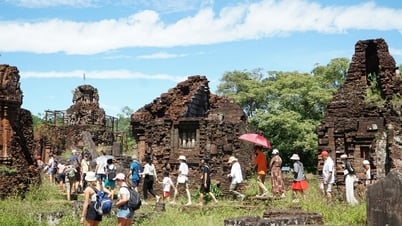

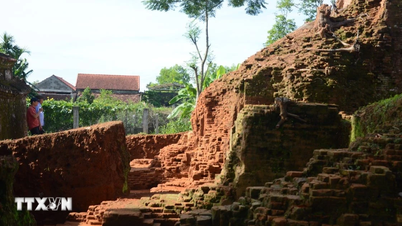

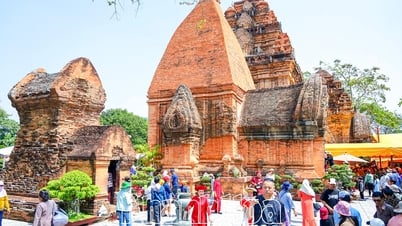

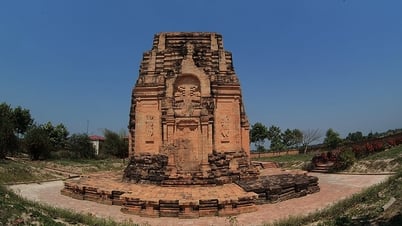

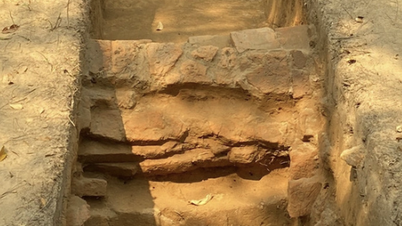















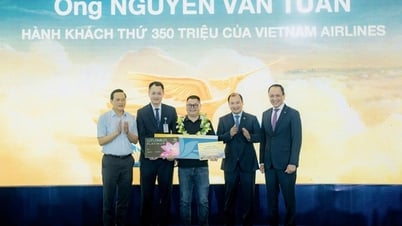

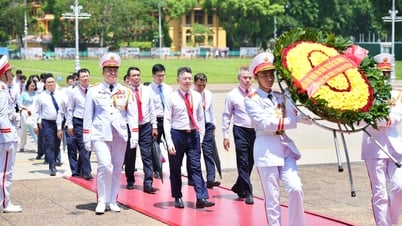

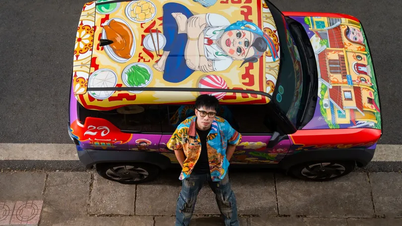



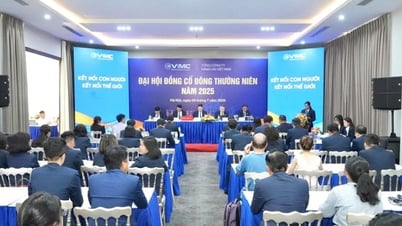



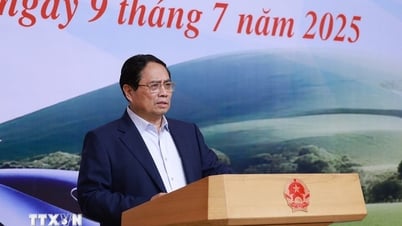
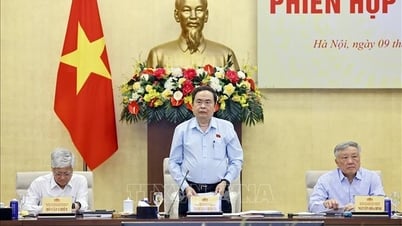
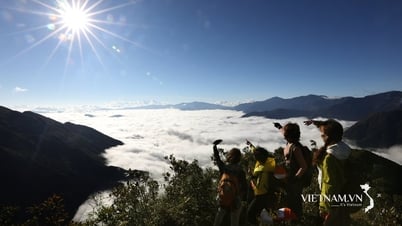
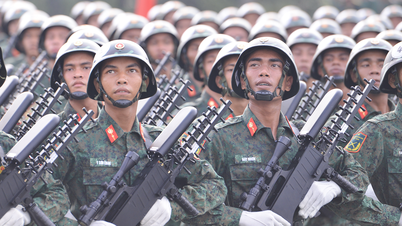

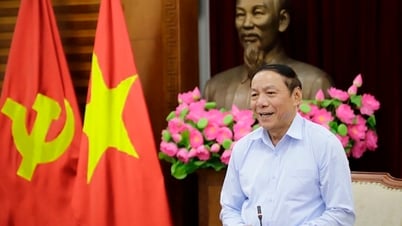
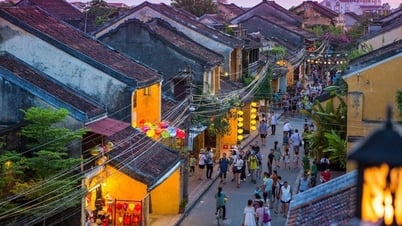
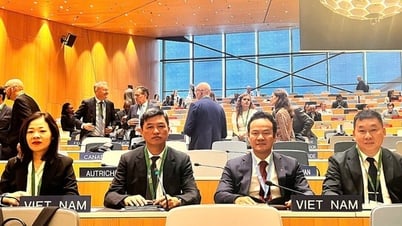

















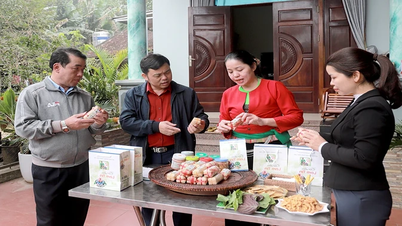





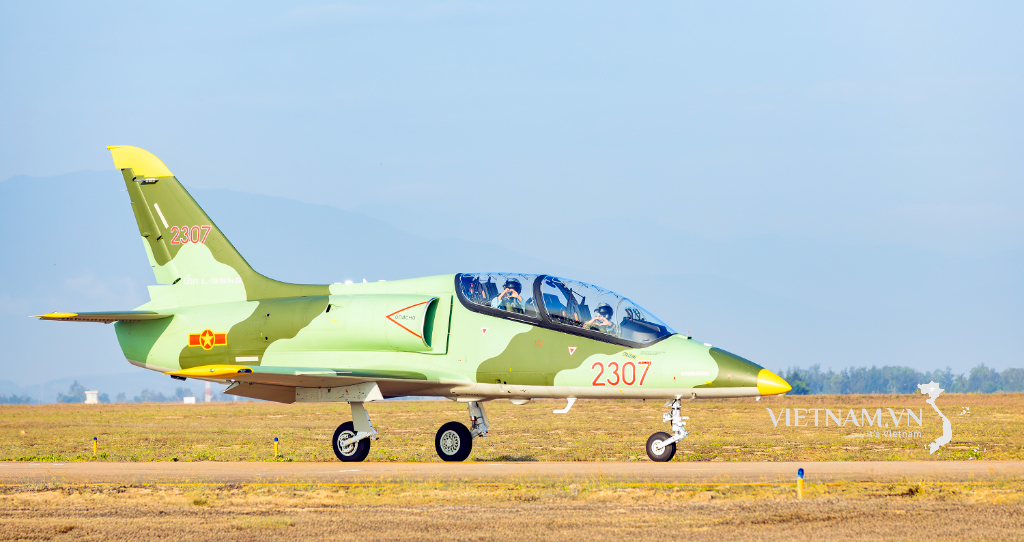
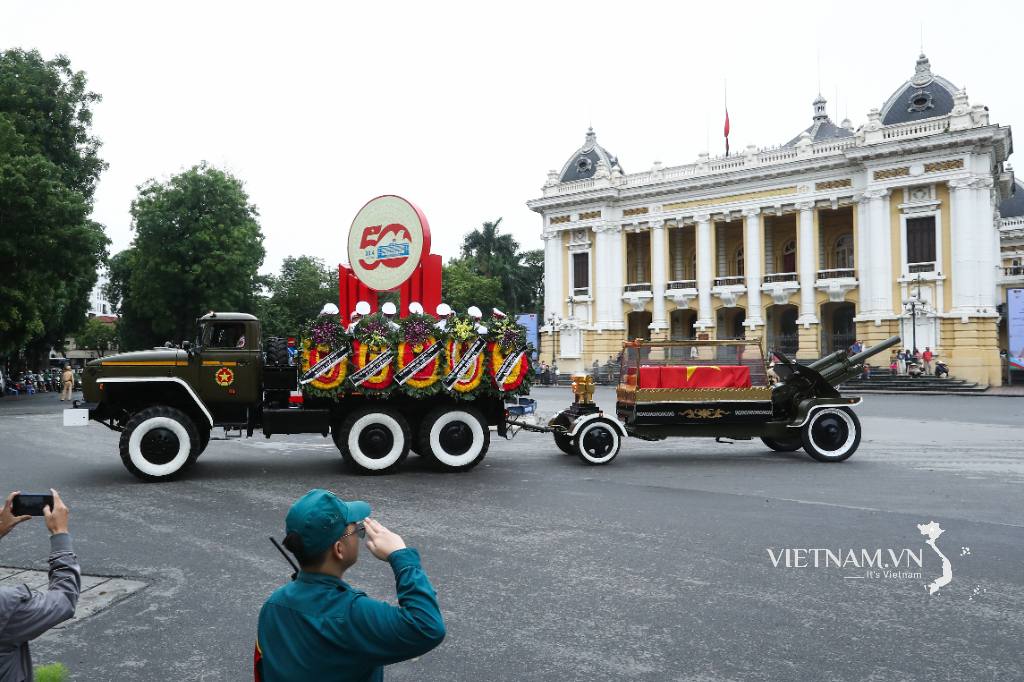

Comment (0)